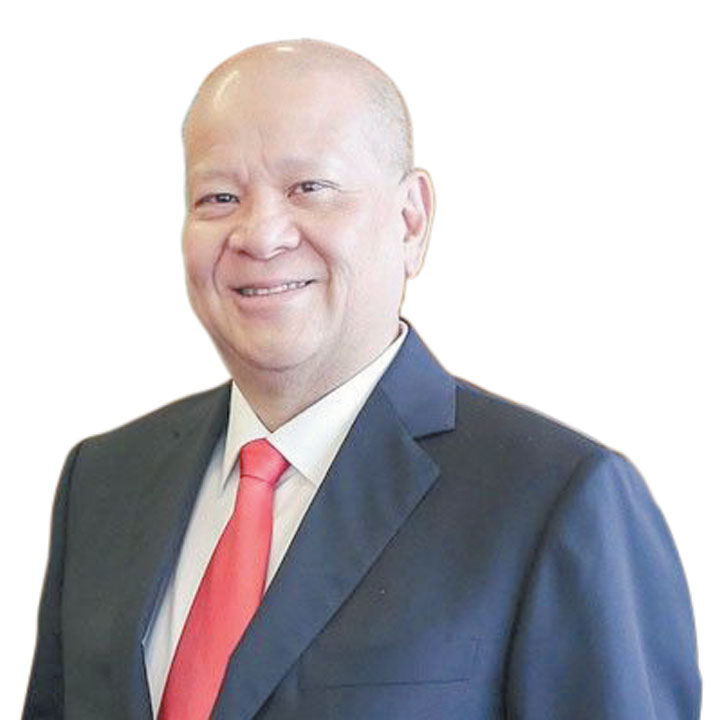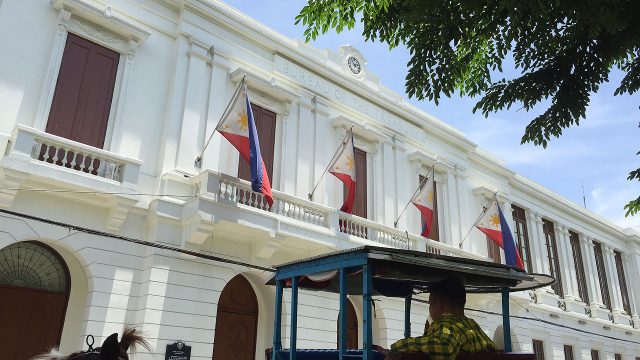Trading of Ever-Gotesco shares halted amid quasi-reorganization
THE stock exchange on Tuesday called for a one-hour trading halt on Ever-Gotesco Resources and Holdings, Inc. shares after the mall builder moved to eliminate its accumulated retained earnings deficit to give it “a fresh start” in agri-tourism and bamboo industry businesses.
The move is part of the company’s quasi-reorganization that involves the decrease in its authorized capital stock to P2.5 billion divided into 25 billion shares with a par value of 10 centavos each, from P5 billion divided into 5 billion shares with a par value of P1 apiece.
The trading halt was from 11:10 a.m. to 1:10 p.m. on July 12.
Apart from the quasi-reorganization, Ever-Gotesco plans to increase its authorized capital stock to P7.5 billion.
It said the move “aims to attract more investors and raise capital for its new business ventures: agri-tourism and bamboo industry.”
These corporate actions were approved by the company’s board May 24, 2022. It has yet to announce the approval of shareholders.
Regina Capital Development Corp. Head of Sales Luis A. Limlingan said that the halt was expected.
“It gave investors and the market, in general, the time that they needed to digest the news and its implications on [Ever-Gotesco] as a company. Fundamentals-wise, the quasi-reorganization reflects the management’s prudent financial measures amid the pandemic,” Mr. Limlingan said.
In Ever-Gotesco’s first-quarter report, it registered a retained loss of P2.54 billion, which left its stockholders’ equity at P2.46 billion.
The company previously disclosed that the major changes in its financial statement accounts were due to its new ventures such as the acquisition of Agriwave Organic, Inc. and 3-J Development Corp. to manage agribusinesses and eco-agri tourism projects, respectively.
Agriwave is engaged in the production and sales of high-value crops and plants while 3-J operates resorts that uphold the integration of leisure activities, environmental conservation, and ecological tourism.
3-J currently operates a resort in Batangas under the trade name Forest Crest Nature Hotel and Resort.
Along with the quasi-reorganization, the company is also changing its name to Everwoods Green Resources and Holdings, Inc. in line with its transition to agri-tourism and bamboo industry businesses.
In a separate disclosure, the company said it is increasing its authorized capital stock to P7.5 billion to raise funds as its current capitalization is fully subscribed.
On Tuesday, shares in Ever-Gotesco rose by 1.92% or P0.005 to close at P0.265 apiece. — Justine Irish DP. Tabile



















